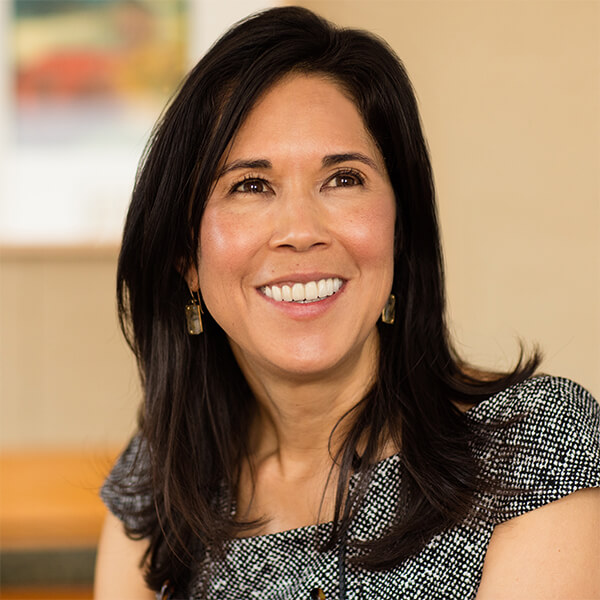A friend in need is a friend indeed
“Mexico has benefited probably more than any other country from the trend of friendshoring,” says Capital Group analyst Jeff Garcia, who covers Latin America.
Friendshoring, a derivative of the term offshoring, is a deliberate policy decision to encourage trade with friendly neighbors at a time when geopolitical tensions are increasing around the world, Garcia explains. This is not a new concept, but it was accelerated by the COVID-19 pandemic as traditional supply chains broke down and companies were forced to find alternatives. Over the past few years, the redrawing of supply chains has been a major boon to India, Vietnam, Thailand, Indonesia and especially Mexico, given its proximity to the world’s largest economy.
“This is a watershed moment for Mexico,” Garcia adds. ”China was the United States’ No. 1 trade partner for about a decade. Before that, it was Canada. So it’s a big change. There’s a saying in Mexico that goes, ‘Tan lejos de Dios y tan cerca a los Estados Unidos,’ which translates to, ‘So far from God, but so close to the United States.’ And it basically means that being on good terms with the world’s largest economy is good for Mexico. And it’s good for the US as well.”
In the years ahead, Garcia expects Mexico’s position to continue improving given the advantages it offers to companies that want to tap into the US market. Those advantages include a skilled labour force at an attractive cost, solid infrastructure in the north, and easy access to relatively inexpensive US oil and natural gas.
In fact, not long after Tesla announced its decision to build a new EV factory in Mexico, one of its top competitors, China-based BYD, said it was planning to follow suit — singling out the same industrial area in Nuevo León. Northern Mexico has long been a popular location for automotive assembly. Ford, General Motors, BMW, Daimler, Toyota and Honda all have plants there. More than 75% of the cars assembled in Mexico are exported to the US, according to the Mexican Automotive Manufacturers Association.







